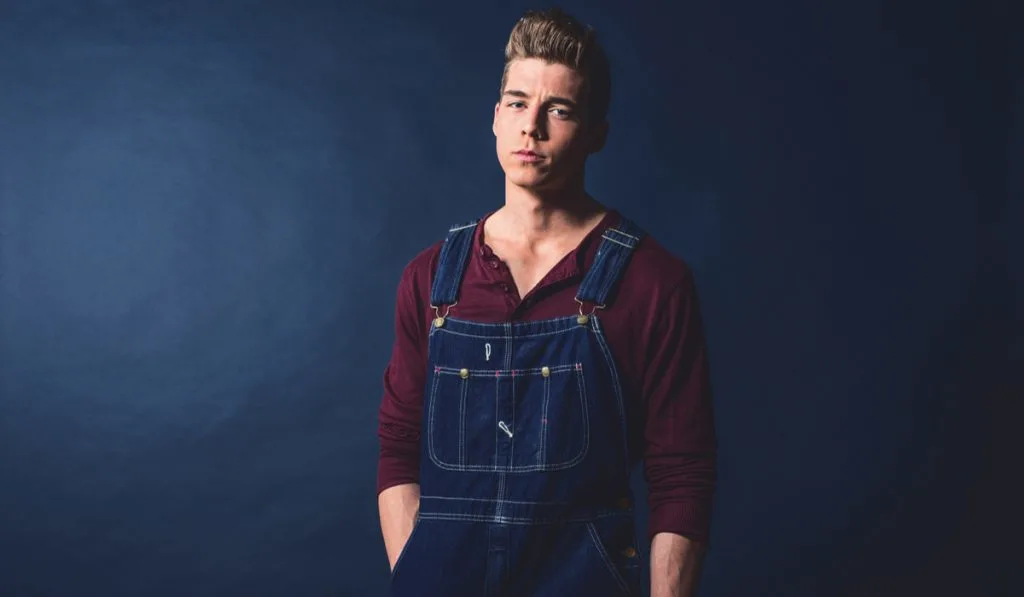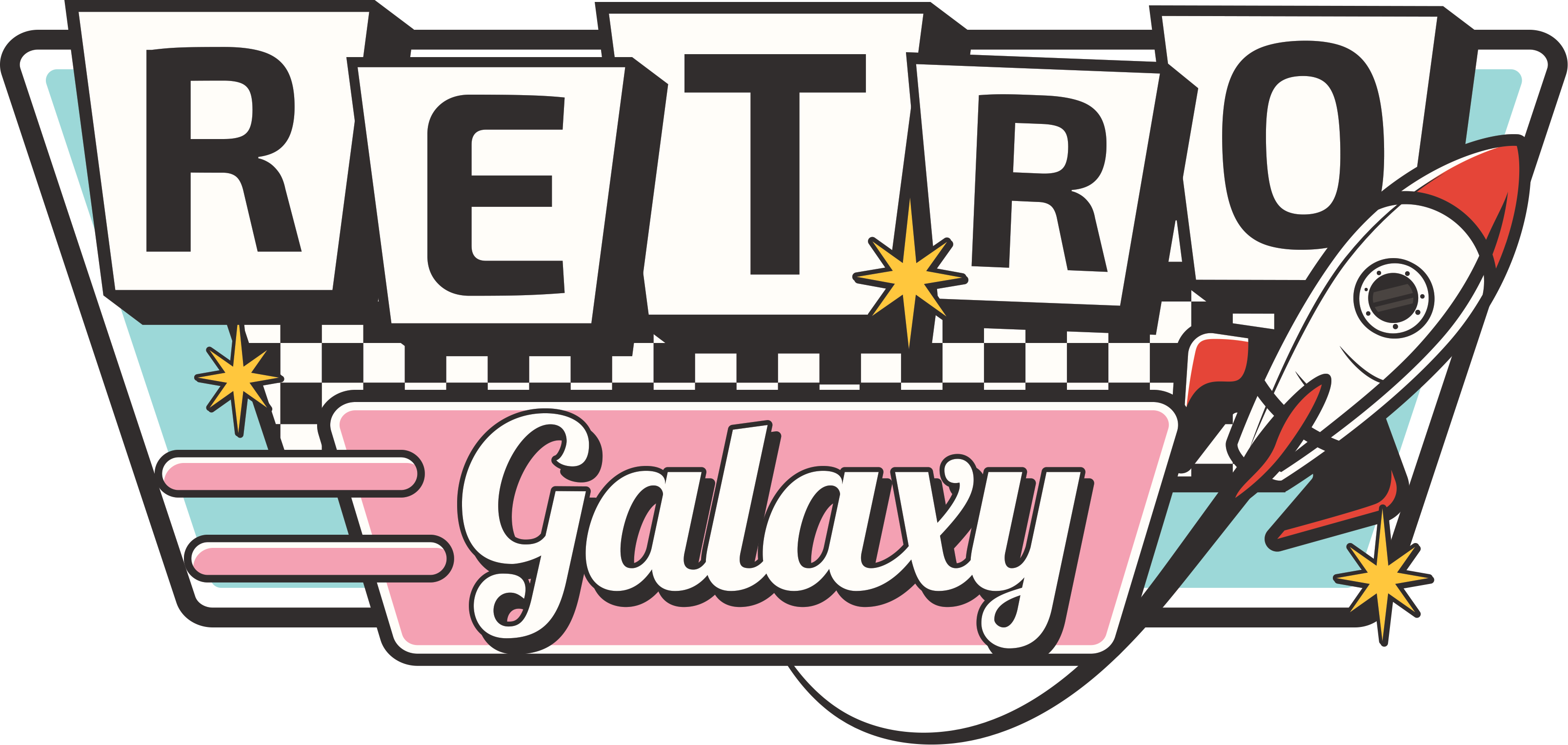You have likely seen members of the Greaser subculture depicted in films or other media – but what do you actually know about the Greaser subculture?
What was the Greaser subculture in America? What did they wear? How did they live? Who were their idols? What did they value? Why were they disliked?
To learn more about the Greaser subculture in America, take a look at this ultimate guide.
We cover everything, from their clothing to their beliefs, and everything in between!
Check it out below!

What Is a Subculture?
A subculture is defined as a group of people who share similar values, beliefs, attitudes, lifestyles, styles etc.
Subcultures are also called countercultures because they tend to resist an aspect or aspects of the dominant culture.
A subculture can be formed based on race, gender, ethnicity, religion, sexual orientation, political views, music tastes, fashion styles, societal position, or even a particular activity (e.g. skating).
Some subcultures you may have heard of are:
- Skaters
- Mods
- Rockers
Subcultures represent an important part of society. They provide a diversity of thought and resistance to some cultural norm, which in turn, often constitutes positive societal change.
The Greaser Subculture Overview
Greasers were a group of American teenagers who wore leather jackets and tight jeans during the 1950s and 1960s.
They formed as a consequence of feeling disillusioned with pop culture in the US.
However, there is far more to the Greaser subculture than clothing.
Take a look at the information below to gain an in-depth insight into the economic and cultural practices that gave rise to the rebellious greaser subculture.

Etymology
The term ‘greaser’ actually dates back to 19th century America. It was originally used as a derogatory term for poor Mexican or Italian laborers.
It was also used to refer to mechanics and other poor machine workers.
Interestingly, the term wasn’t used to describe the subculture, at least in writing, until the mid-1960s.
It is thought that it was applied to people belonging to the subculture, in part, due to their slicked-back hairstyles, but there were also likely more derogatory connotations at play.
Structural Foundation
The first Greasers came into existence around the 1940s to early 1950s. During this time period, the United States was going through many changes.
It was becoming more urbanized and people were moving away from rural areas.
There isn’t a particularly strong structural foundation to the Greaser subculture. However, it can generally be attributed to the members’ working-class and youthful status.
They had very few resources and were typically unable to contribute to, or participate in, consumerism.
In fact, original Greasers (usually men) felt disillusioned as a consequence of poor economic opportunity (despite the post-war boom), and/or being marginalized after the domestic shift towards homogeneity.
Unlike other subcultures, they didn’t have a particular activity or interest in common.
Some Greasers were also members of motorcycle clubs or street gangs, but membership in such groups was not a consequence of an inherent value of the Greaser subculture.
Most Greaser members were also of Italian and Mexican descent. As such, many Greaser members were olive-skinned.
In turn, the Greaser label took on a quasi-racial status. ‘Greaser’ implied poor, urban, ethnic, and deviant masculinity.

Style
As previously mentioned, members of the Greaser subculture didn’t assign to a specific activity or interest. This extends to style.
However, they did tend to perceive themselves as empowering the aesthetic of working-class attire.
That being said, Greasers were identifiable by their hair greased hairstyles. They used petroleum jelly to create a slicked-back look.
Men wore their hair in a similar fashion to that of rock’n’roll icon Elvis Presley, whilst women commonly backcombed their hair.
In terms of clothing, male Greasers wore pieces of clothing that were typically associated with the working class.
For example, they may have worn loose cotton trousers or Levi’s jeans with leather boots.
On the top, men generally wore plain black or white T-shirts, or even tank tops, underneath classic workwear jackets (usually denim or leather).
Female Greasers wore leather jackets over ‘risque’ clothing (i.e. clothing that was particularly fitted or cropped).
Music
Original members of the greaser subculture did show an interest in doo-wop. However, they are more commonly associated with rock’n’roll.
This connection served to induce a sense of moral panic in older middle-class Americans.
According to several sociologists and cultural observers of the time, to such Americans, members of the Greaser subculture embodied the deviant and delinquent nature of those who subscribe to rock’n’roll culture.
Pop Culture
Hollywood film characters both influenced greaser identity and were influenced by Greaser identity.
For instance, characters played by actors such as James Dean served to provide disillusioned American youths with an alternative identity.
In fact, the Greaser subculture’s deviant behavior can somewhat be attributed to the way in which popular culture portrayed Greasers.
Generally speaking, in the media, Greasers were usually portrayed as working class, street-wise, Italian- or Hispanic-American individuals.
There were many films that depicted male Greaser characters (Rebel Without a Cause, The Outsiders, The Wild One, The Wanderers, Blackboard Jungle, Lords of Flatbush, just to name a few).
However, very few movies depicted female greasers, at least in any great detail. One exception to this rule was Grease, and the sequel, Grease 2.
These films also depicted stereotyped Greasers (Italian-Americans), alongside Irish and Polish-American Greasers too.

Conclusion
The Greaser subculture was a prominent and important subculture during the 1950s and 1960s.
It formed as a consequence of the structural shift in American society after World War II.
This shift left many working-class Americans feeling disillusioned and marginalized. Greasers also served to become an inspiration for many pop culture projects.
Some of the most timeless and enjoyable films were made as a consequence of Greaser culture.
However, it is necessary to remember that some of these films portray negative stereotypes.
